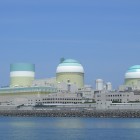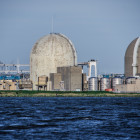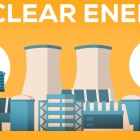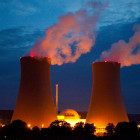Nuclear Chain Reaction
What is a nuclear chain reaction? Presenting the dummy’s guide to understanding this scientific process.
For most people, the term ‘nuclear chain reaction’ simply means something went KABOOM! However, it is not as elementary as a bomb explosion, and nothing goes kaboom.
To grasp what a nuclear chain reaction could possibly be, you might need to brush up on your school science studies. Remember substances such as neutrons and processes like fission and fusion? All of these come into play during a nuclear chain reaction.
In essence, what happens is this: when neutrons released in fission end up creating an additional force of fission, the process causes one additional nucleus. This nucleus, true to its nature, produces more neutrons, and the process repeats. Scientists categorize this process into two – controlled and uncontrolled. When the process of fission goes on unabated, it is known as ‘uncontrolled fission’.
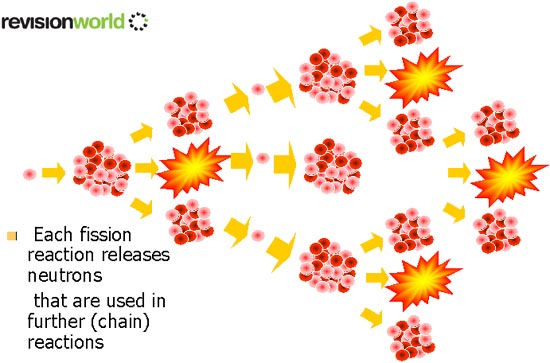
Uncontrolled fission is the technology used in nuclear weapons and nuclear warfare. Meanwhile, controlled fission is the technology that forms the basis of nuclear power. Nuclear chain reactions in a controlled fission environment produce unbelievably high amounts of energy – this energy can be harnessed to be used in a variety of uses for the good of society. It requires a nuclear reactor for the entire process of nuclear chain reactions to take place. Over time, neutrons may decrease in number, or not all of them may contribute equally to the nuclear fission process. In such cases, the nuclear reactor is said to exist in a ‘critical to sub-critical state’.
On the other hand, the numbers of usable neutrons that can participate in the fission process may be over the optimum number; in such cases, the nuclear reactor is defined to be in a ‘supercritical state’. Maintaining an optimum number of neutrons is a challenging branch of nuclear science.
Interestingly, several neutrons just released as a result of fission are deemed ‘too reactive’ to produce a stable chain reaction when used in low potency nuclear reactor fuel.
The process of atomic fission was first discovered by researcher Lisa Meitner in 1939. Scientists began studying this phenomenon in greater detail, resulting in Dr Enrico Fermi successfully conducting the world’s first continuous nuclear chain reaction in Chicago in 1942. However, his very first experiment produced negligible amounts of energy. He contended that the process resulted in trans-uranium products, a theory that was later cancelled out by the research and experiments of Otto Hahn and F Strasman. The next year, the world’s first controlled nuclear chain reaction was conducted and two years later, the world’s first atomic weapon was created. The first instance of an atomic bomb being used in warfare took place during the Second World War, when the USA bombed the Japanese cities of Hiroshima and Nagasaki.
In the decade of the 1950, nuclear chain reactions were being harnessed to produce electrical power to meet the world’s shortfall for electricity. Today, extensive research and experiments are still being conducted in the field to know and harness the power of the atom.
